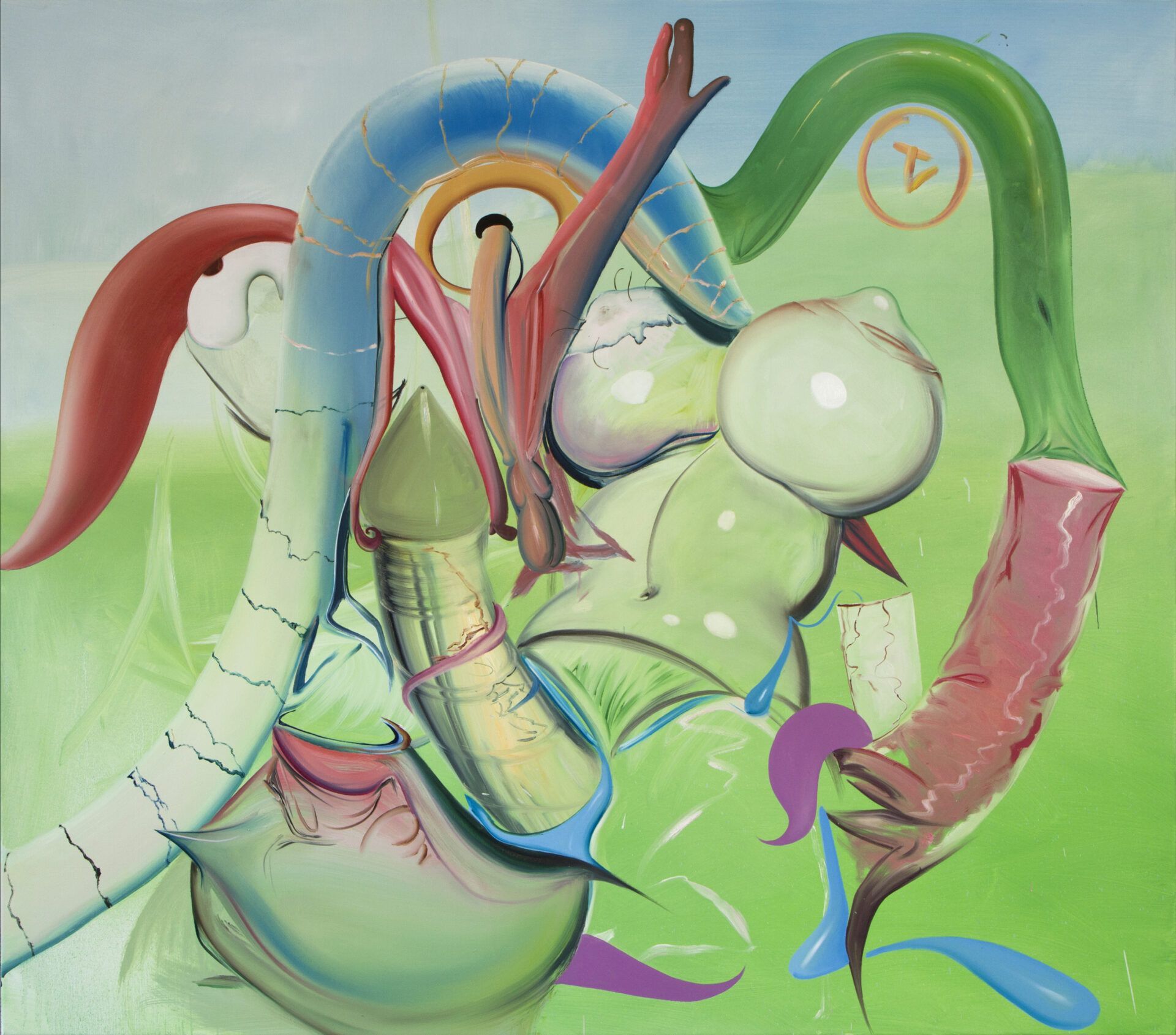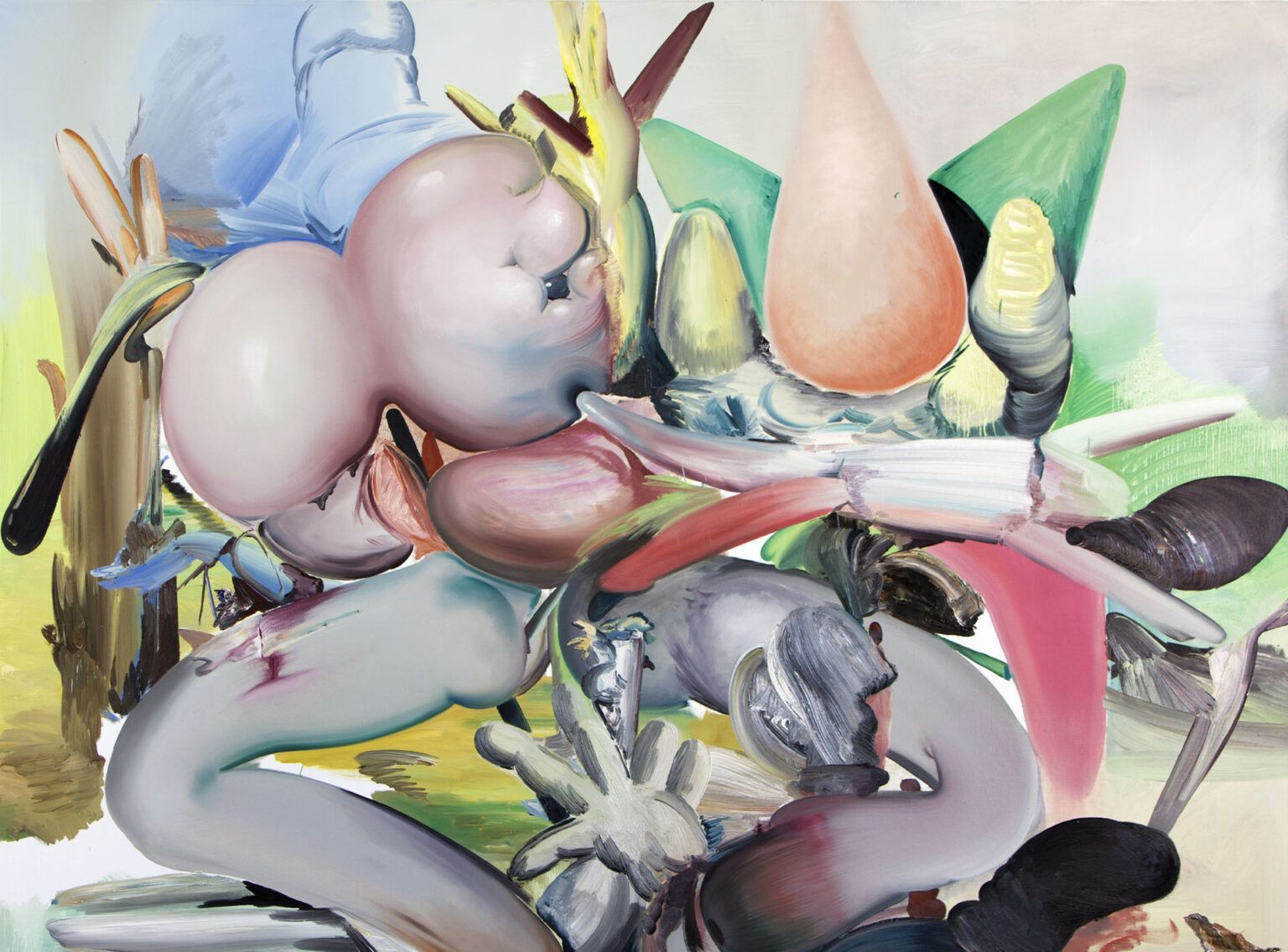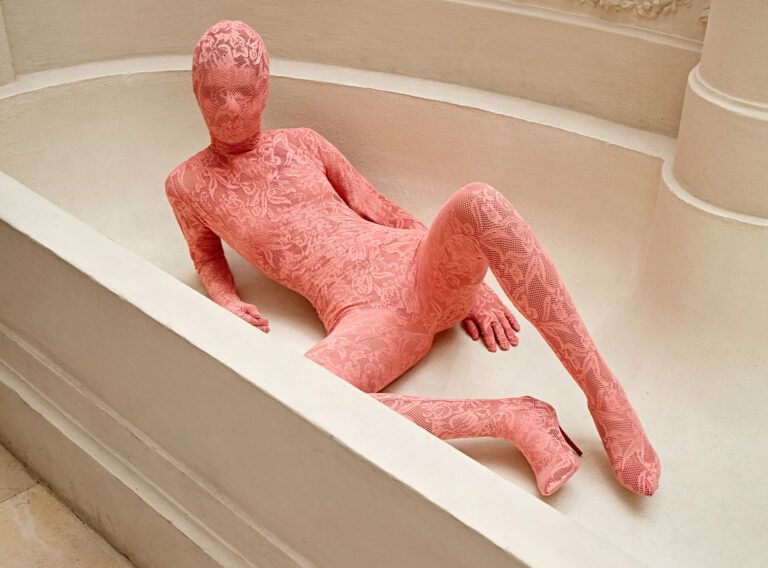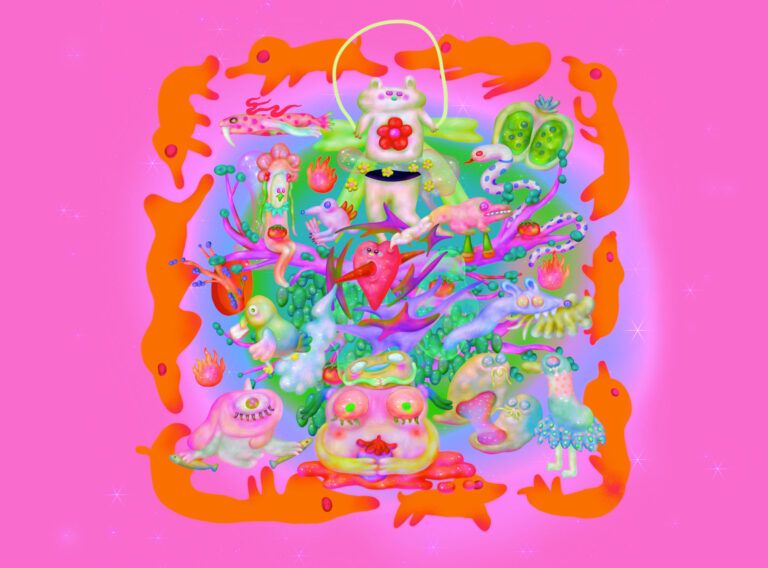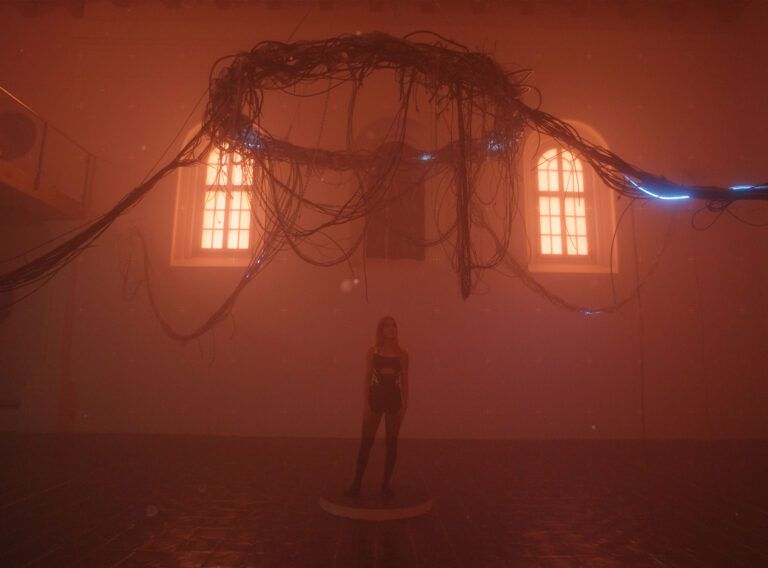As part of this SWARM MAG interview we present you with the works of the Kraków-based painter and musician Kamil Kukla. If there’s a common denominator across this selection of evocative paintings, it is their preoccupation with the body, its corporeality, and working with the audience’s expectations. Be it relatively direct representation of various body parts or their fragmentary reconstruction, the author reworks clichés surrounding the sexualization of today’s visuality into often uncanny surreal landscapes, portraits and abstractions that don’t shy away even from symbolism or pop-cultural references. Despite the eclectic and very contemporary content itself, what also commands one’s attention is the author’s use of color, which intertwines the flatness of digital art and the fleshiness of physical paint. But let our words keep you no longer; delve into the interview with Kamil and his world, where the sum of disjointed parts plays a greater role than the individual elements.
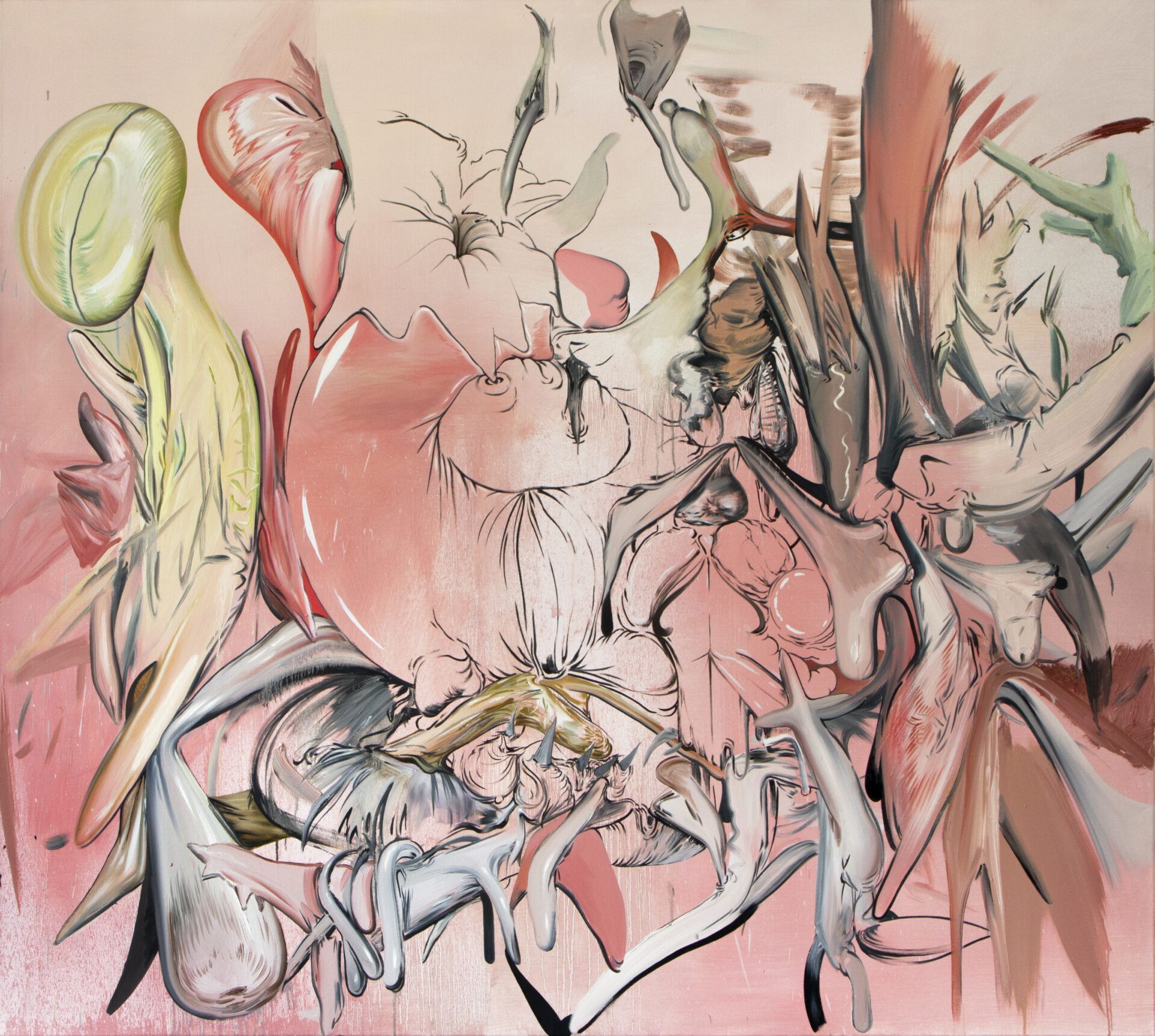
What role does physicality / corporealness play in your work? Is it somehow related to abstract figuration and the relationship between figurative and abstract objects that are sometimes blending into each other?
I like to think about some of my paintings as corporal landscapes. In my work I often represent a division of ground in the lower part of the canvas and sky in the upper one. That way, I “set the stage” for a free flow of forms that I create “on the go” in a painting process that is very much improvised. Some of these shapes indeed resemble biological forms which clearly shows that I have a strong affinity for this kind of imagery. I guess that I am still under the influence of some baroque-era artists who depicted every element of the painting in that manner. I really like paintings that are overfilled with almost frenetic physicality that can be overwhelming and even unbearable to the viewer.
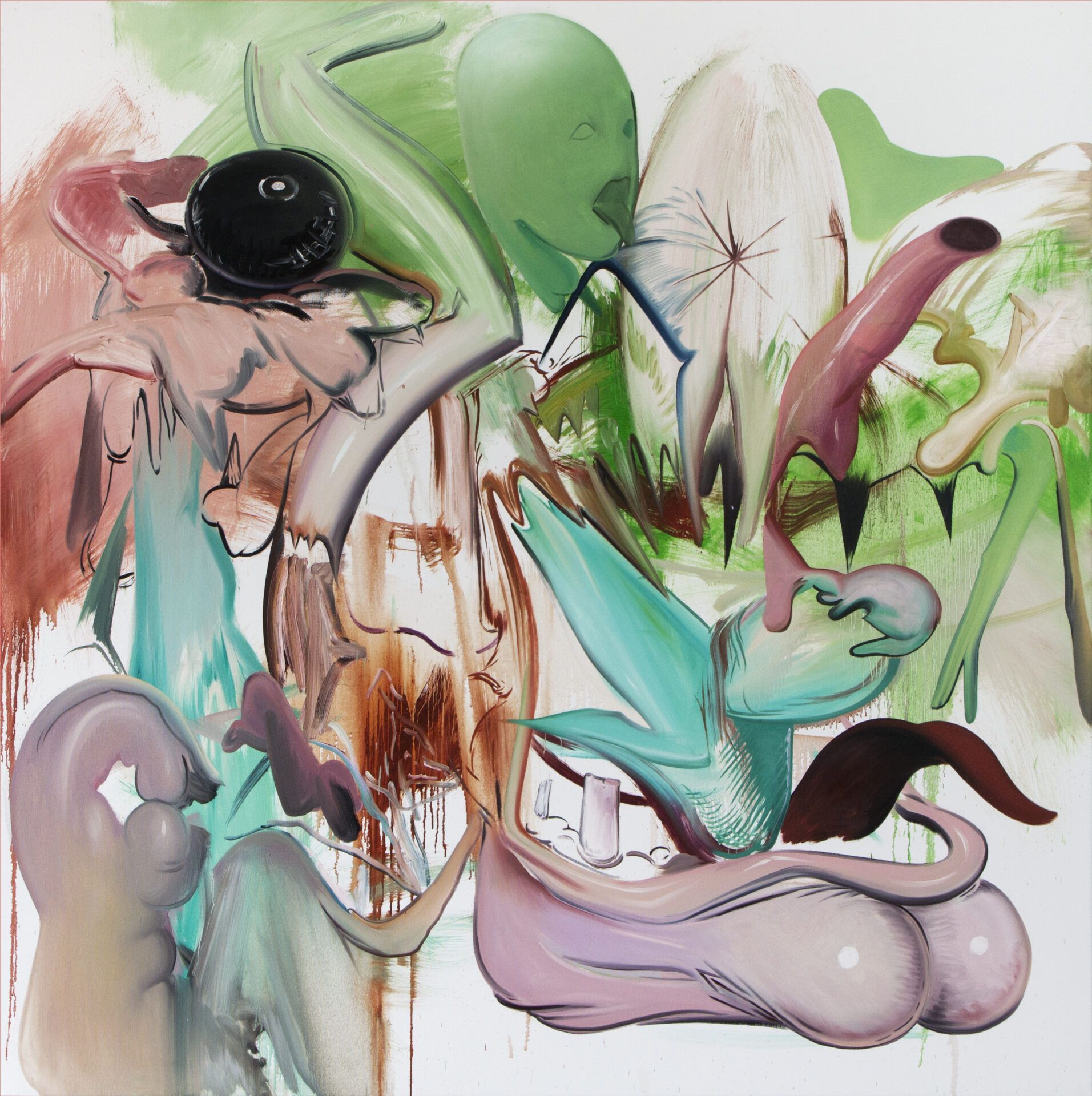
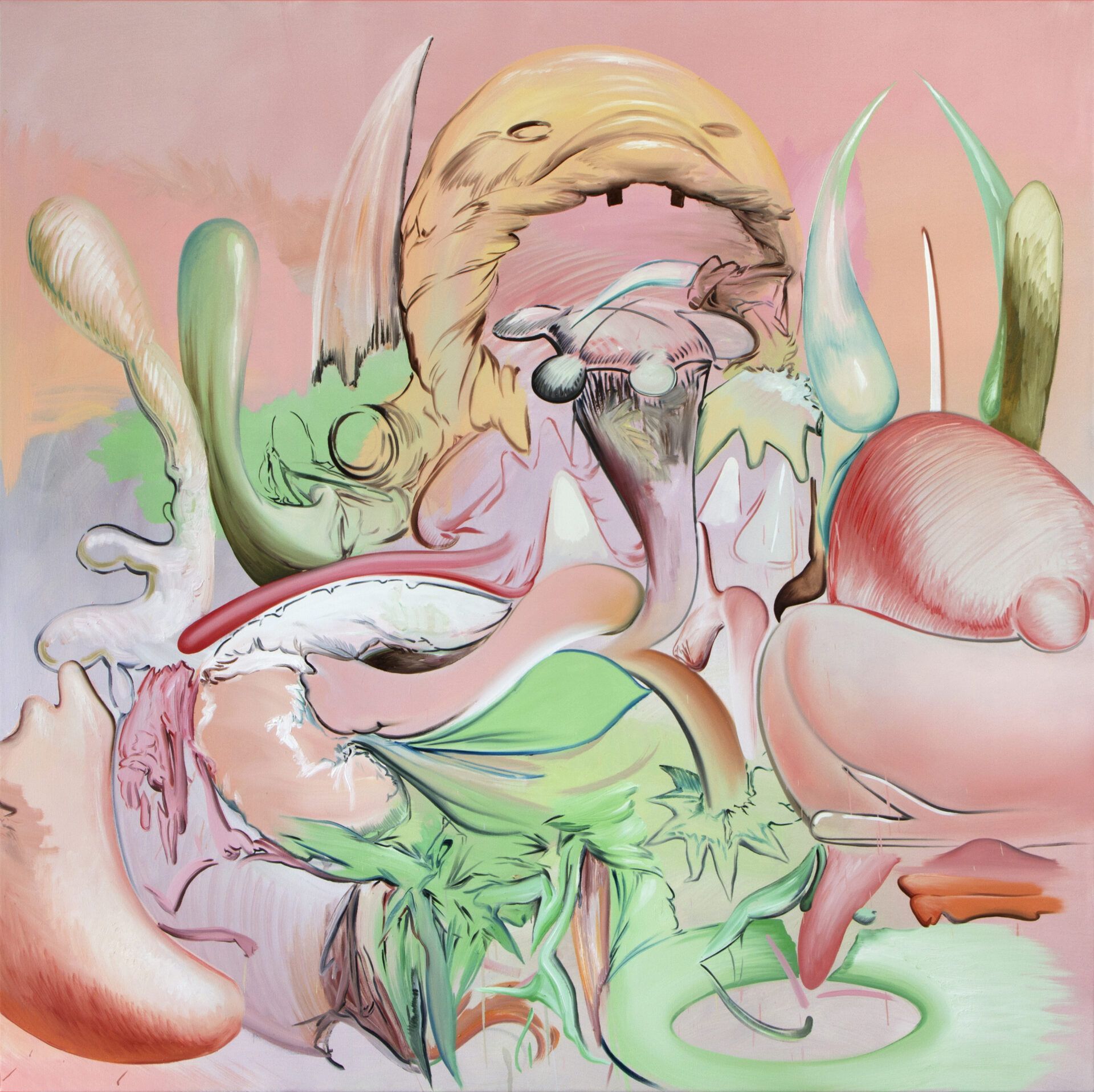
Is there any leading point or guide to your painting (in the way, how to understand the topic and theme in them)?
I despise art that serves as an illustration of a premeditated idea and has to be “explained” to the viewer using a lot of buzzwords. I just do not trust this approach and it always gives me dishonest vibes. My method is to create art that has very strong physicality and visual intensity and is very open-ended when it comes to possible explanations. There are, however, a lot of different inspirations and visual areas existing in different realms of our culture that I like to draw upon – and in that sense you can approach what I do from many different perspectives and through a different lens. But there is no one big topic that defines and explains what I do and I see it as advantageous.
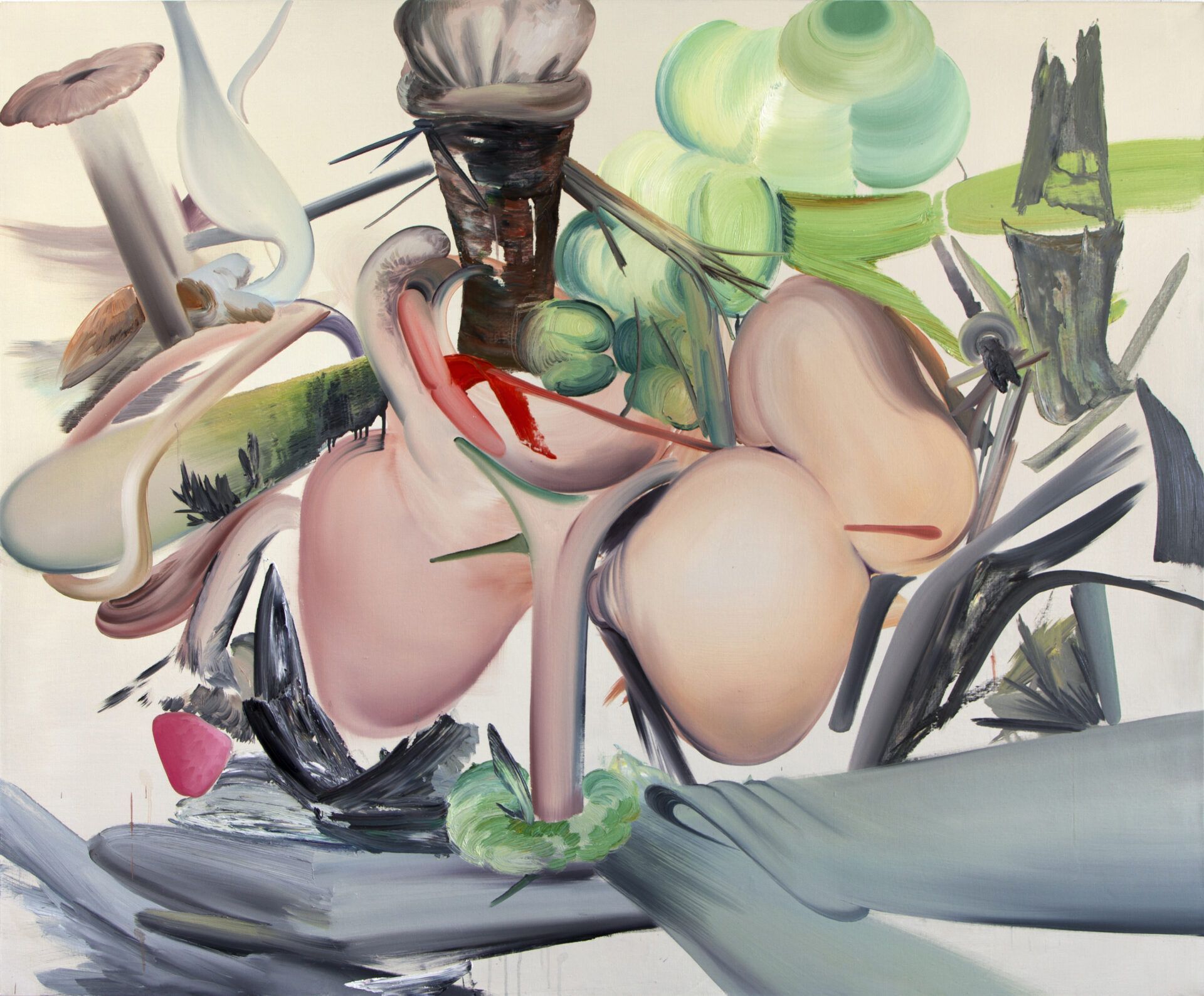
Does your choice of the colour palette in each piece have any specific symbolic meaning?
In 2020 I found myself shifting my color palette towards very dark and gloomy regions. I almost totally got rid of the pinkish and greenish vibrant tones that were my personal favorites in recent years – during the pandemic I found them almost inappropriate to use. So to an extent I guess that what is currently happening in the world is reflected in my work on some level.
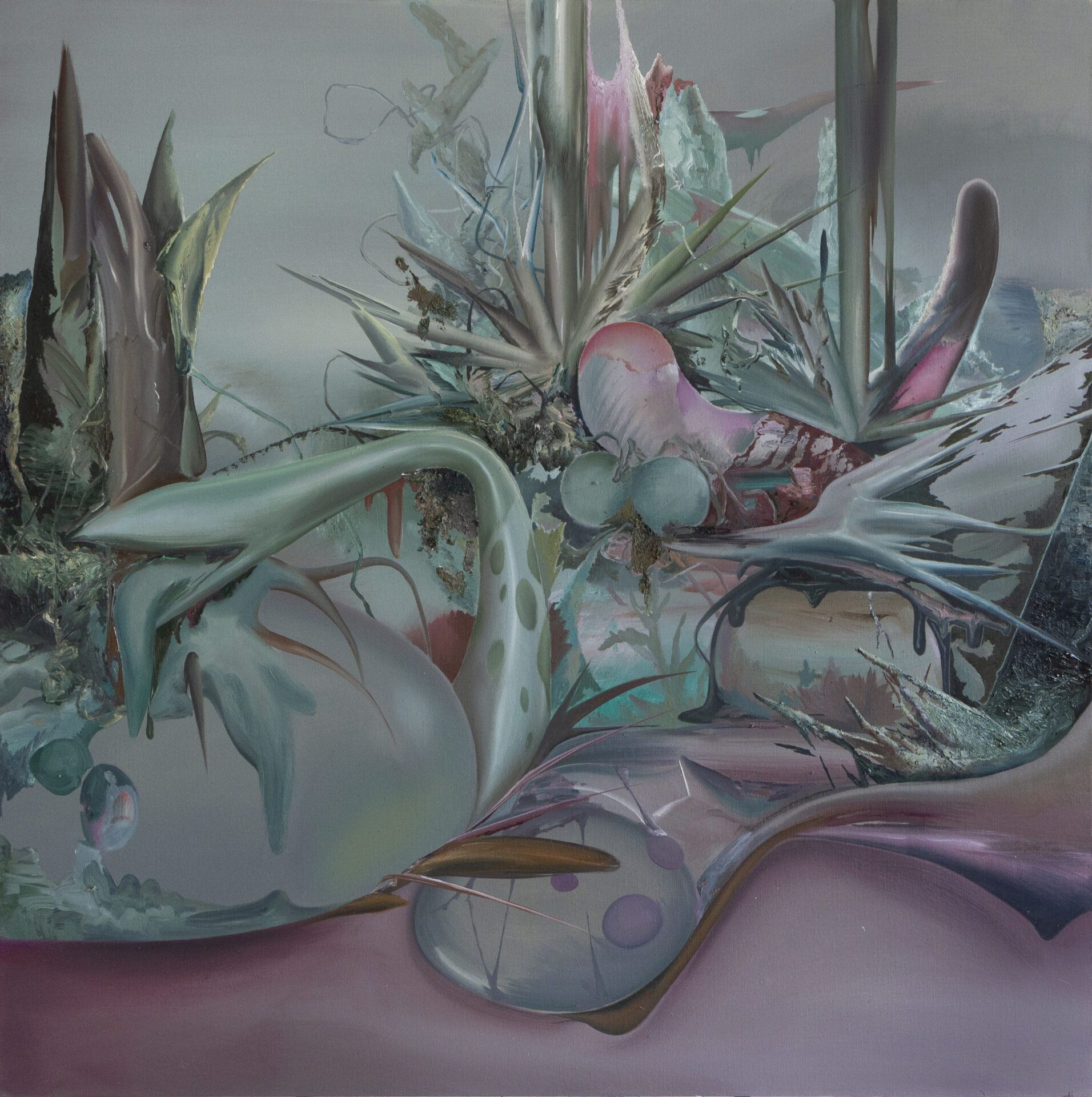
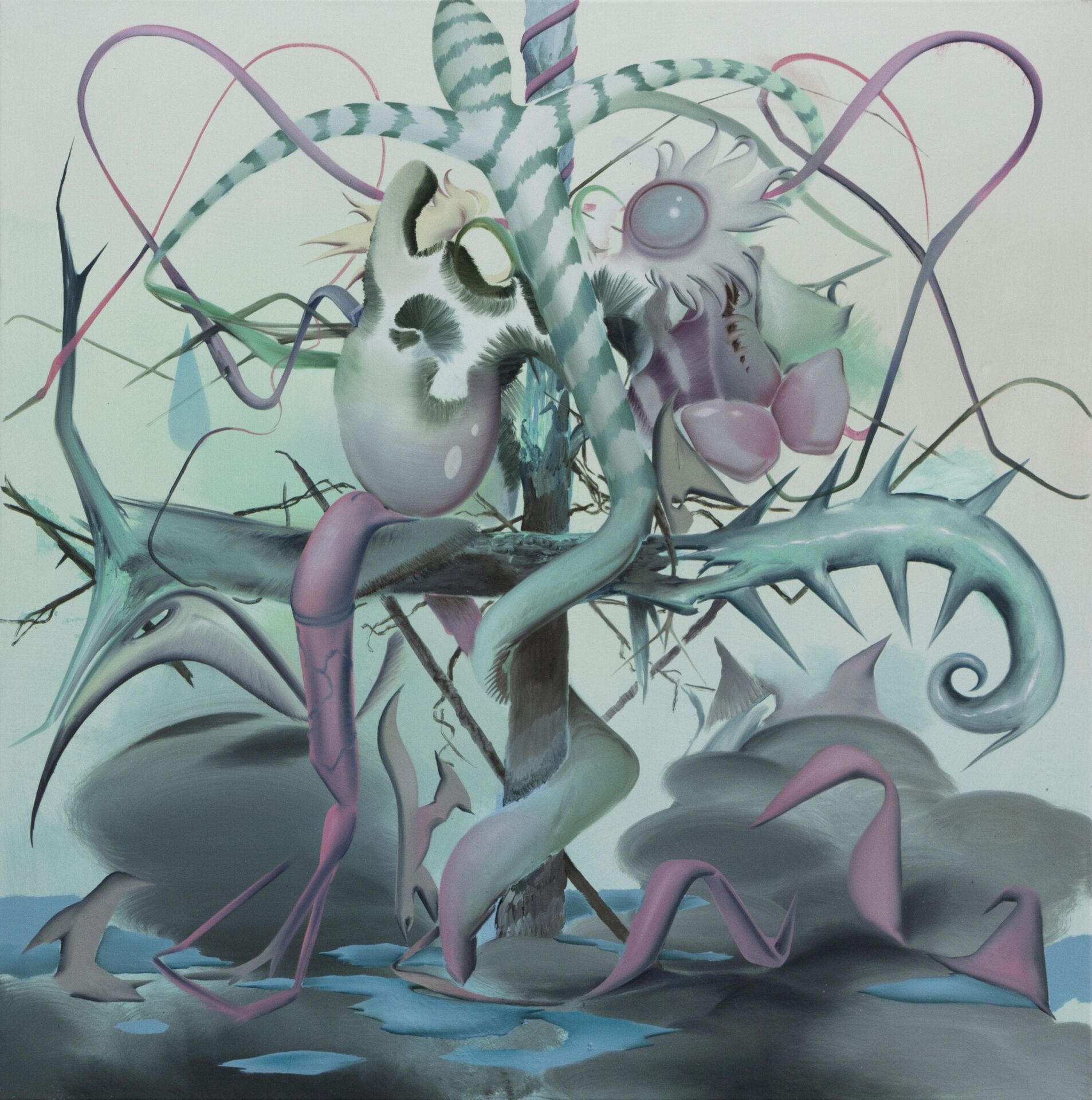
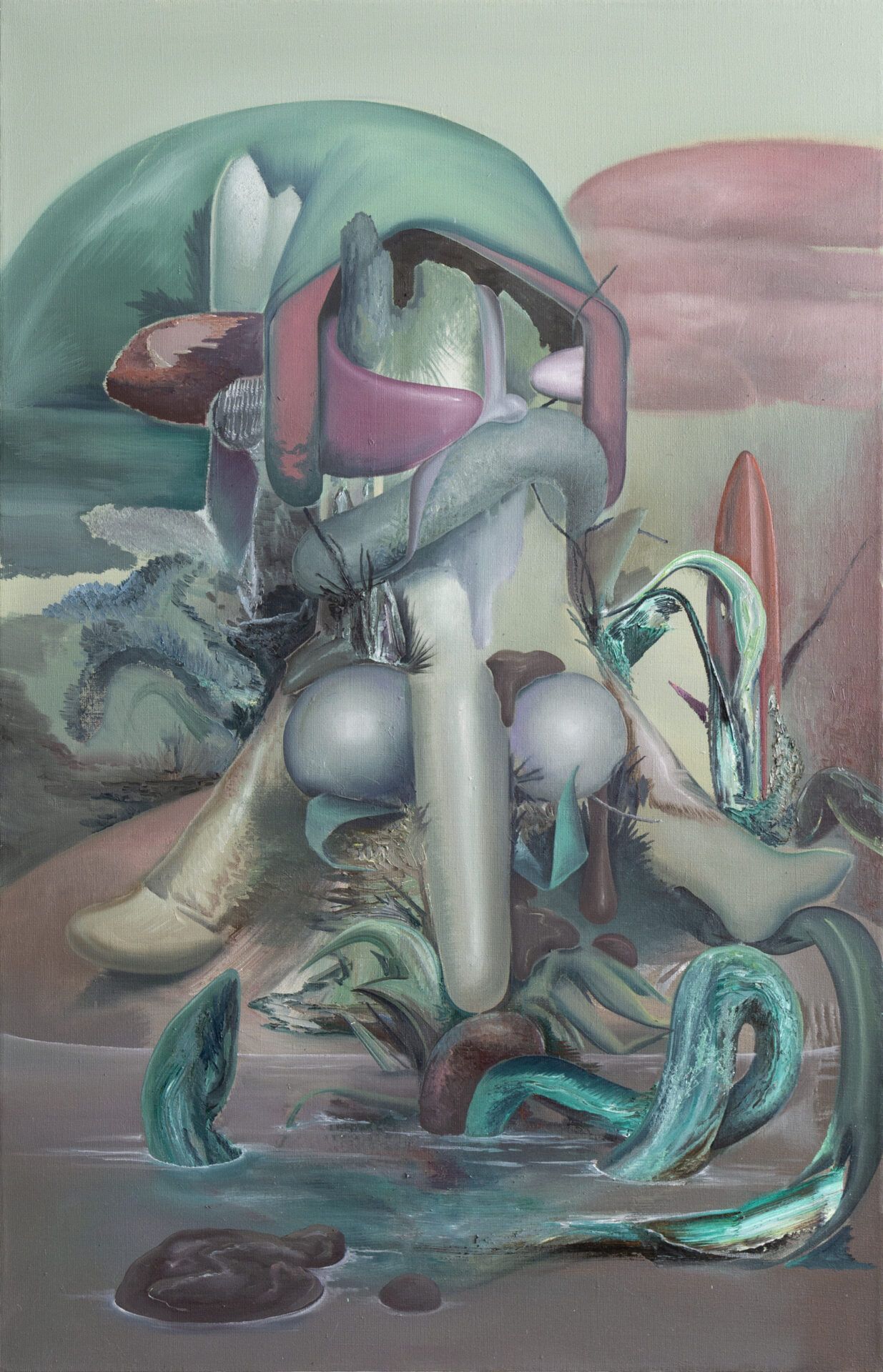
The technique of picturing your unique almost 3D-looking anti-forms is very expressive. What style has influenced you the most or where would you place your art?
3D-looking imagery is very much inspired by amateurish digital art that I like to sometimes explore in my spare time. Even though all these mangas, various fan arts, character designs created by anonymous users and shared on some obscure corners of the Internet may be jarringly naive and tasteless, I find them oddly satisfying to watch. These amateur artists’ lack of self awareness can very often lead to mind boggling over-the-topness that I find intriguing. Some mangas for instance can be so drenched in “sweeteners” to the point that this whole kawaii aesthetic can make you feel dizzy or even sick. Many of my paintings created between 2017-19 were painted under the influence of these discoveries. And I think that sooner or later I’ll get back to that sort of imagery – there’s still a lot of meat on that bone I believe.
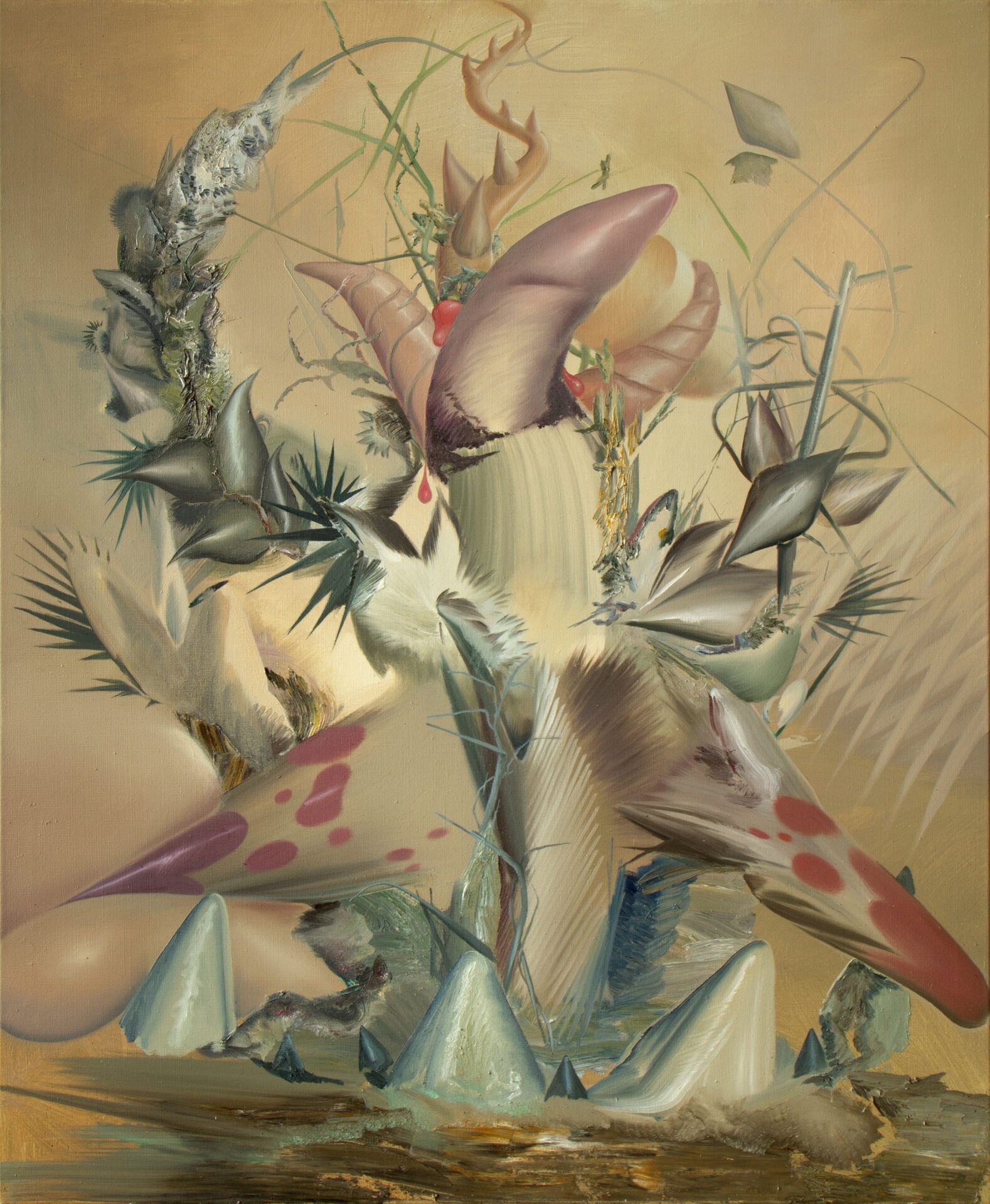

Since the article is published under the topic “Heavenly Bodies”, how important is the perception of the body within contemporary society and art (or for you personally)?
I am very much intrigued by a cultural shift that is occurring right now. I think that the whole discourse on gender identity can provide an important and very telling lesson that your body is truly a battlefield of ideas. Social “norms” are crumbling, as they should be, and what remains is a cultural landscape in which you can do whatever you want with your body and no one should disrespect you for that or deprive you of your rights. It should be a no-brainer at this point. But does this “flexibility” and “fluidity” have any dangerous consequences? I do not think that recognizing that your gender is in fact a costume that you can morph to your liking is anything else than showcasing some very basic truth about “what it is to be a human”. In that regard I find very fascinating what some of the non-binary music artists that emerged in recent years are doing, like, for instance, Dorian Electra. That sort of frivolous playing around with human sexuality and preconceived notions on what it is to be a man or a woman is really fascinating and makes you question your own identity and sexuality. Of course, it can make you feel a bit uneasy in the process.
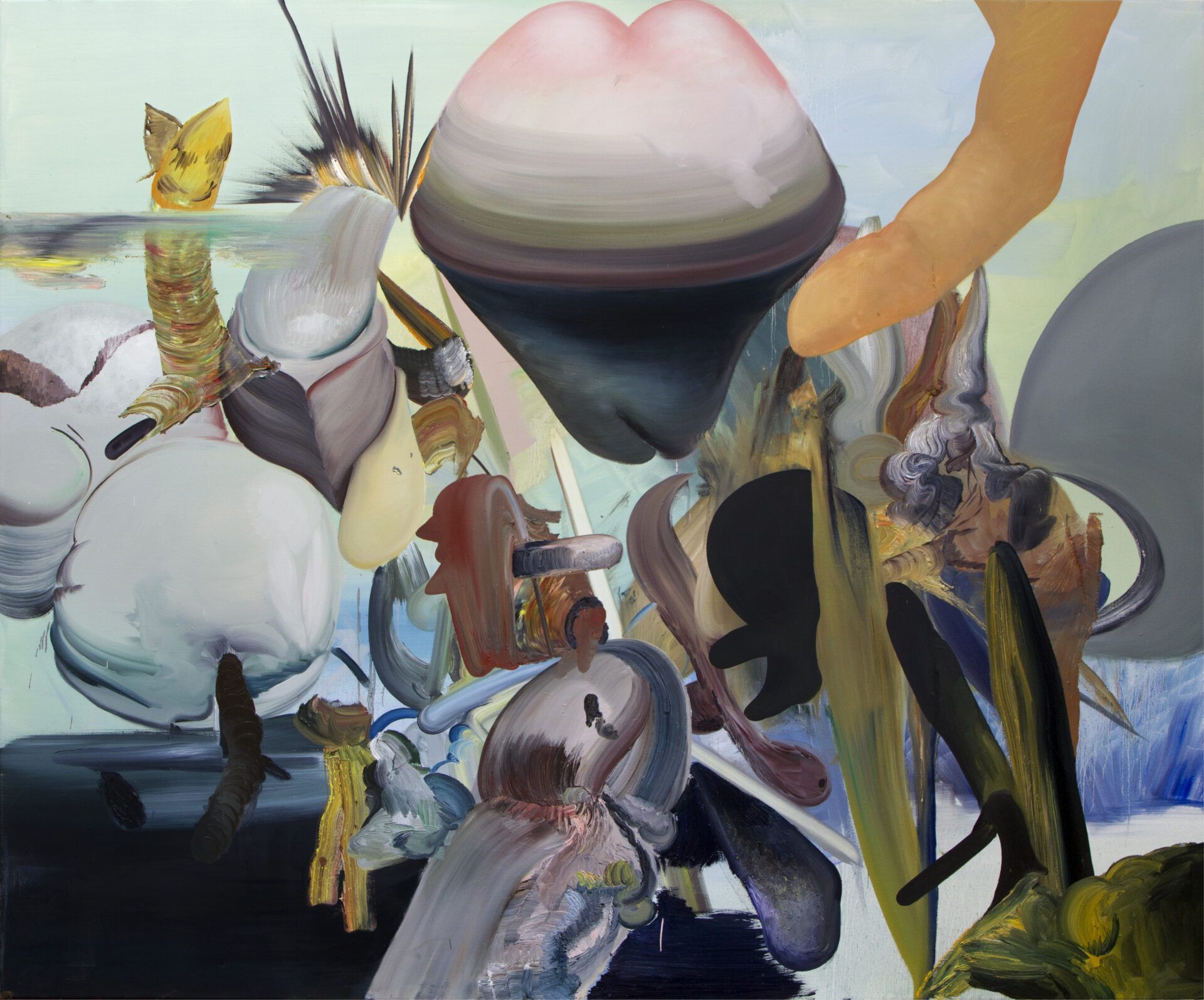

I think that the whole “trans-issue” is really a tip of the iceberg that is yet to emerge from the depths of the forthcoming future. If transhumanism will really be a thing, the conservative understating of what it is to be a human will totally crumble into pieces. If truly devoted furries, otherkins or mermaidkins get access to new tools for body modifications that will transform them into posthuman hybrids, I strongly doubt that they will refrain from using them. And that alone will probably cause much more difficult dilemmas than the whole trans-bathroom issue from a few years ago. Will pony-tailed, fur-covered, winged post-humans be able to safely answer the call of nature in public?


CREDITS
Artworks / Kamil Kukla @kamilkonradkukla
Interview / Markéta Kosinová
Proofreading and Edit / Tomáš Kovařík
